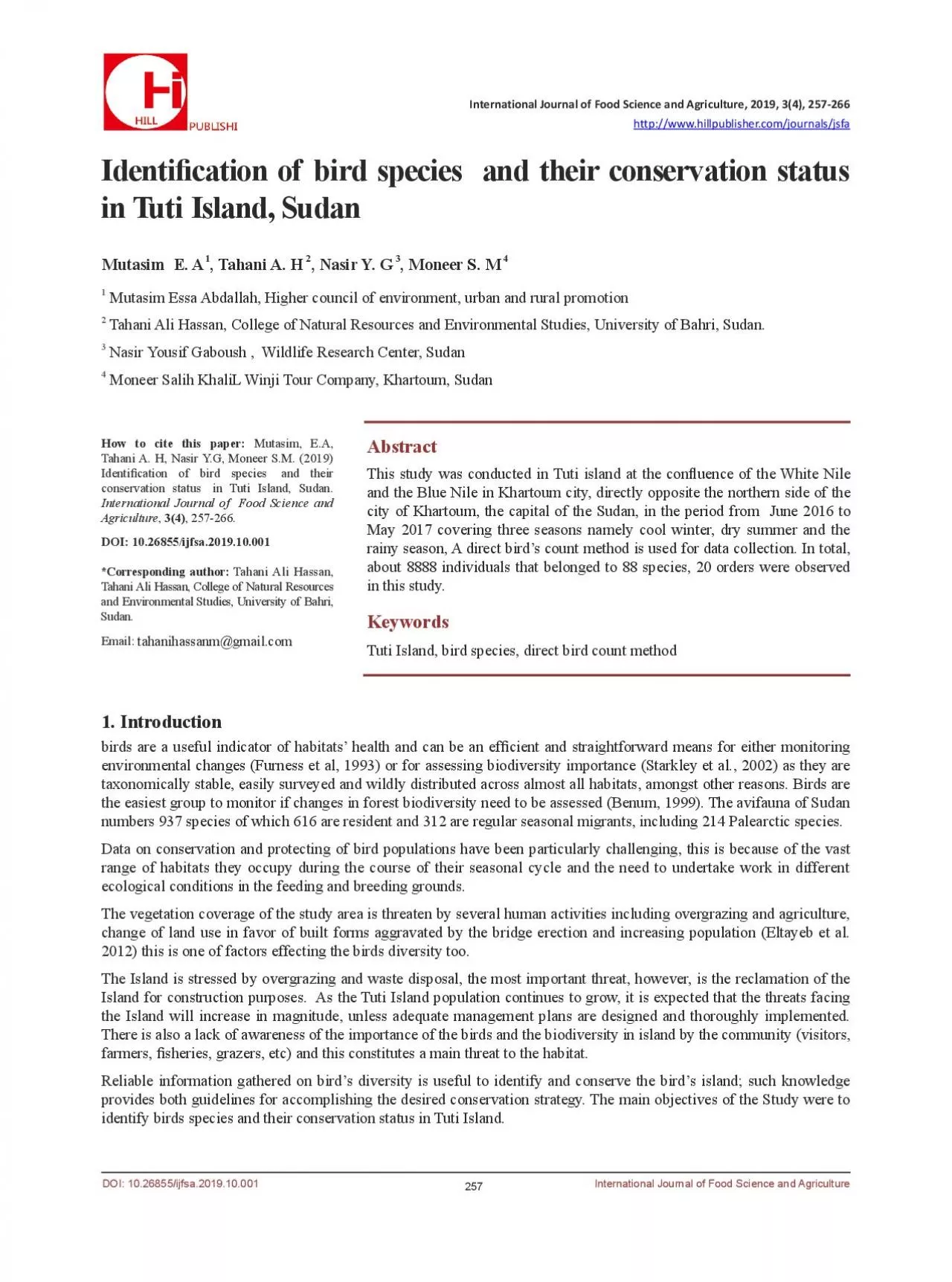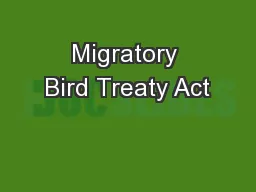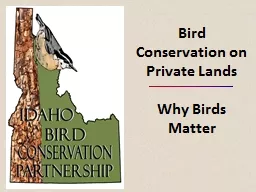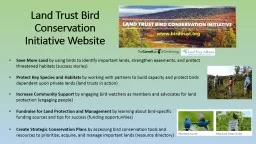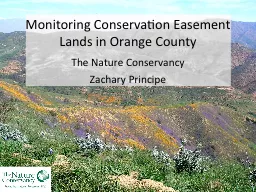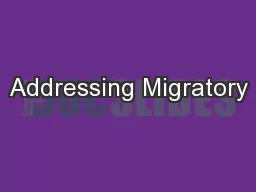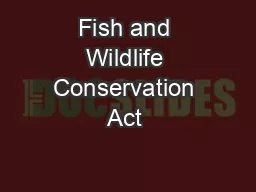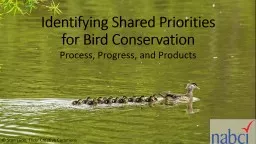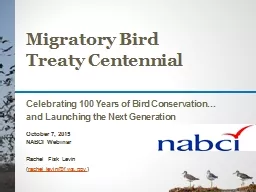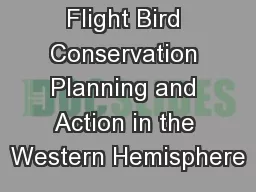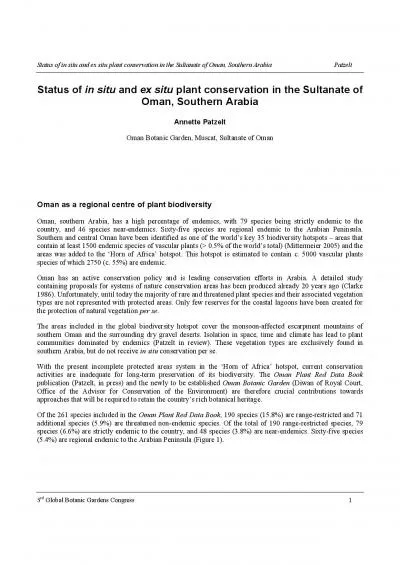PDF-Identix00660069cation of bird species and their conservation status
Author : byrne | Published Date : 2021-08-23
257This study was conducted in Tuti island at the conx0066006Cuence of the White Nile International Journal of Food Science and AgricultureInternational Journal
Presentation Embed Code
Download Presentation
Download Presentation The PPT/PDF document "Identix00660069cation of bird species a..." is the property of its rightful owner. Permission is granted to download and print the materials on this website for personal, non-commercial use only, and to display it on your personal computer provided you do not modify the materials and that you retain all copyright notices contained in the materials. By downloading content from our website, you accept the terms of this agreement.
Identix00660069cation of bird species and their conservation status: Transcript
Download Rules Of Document
"Identix00660069cation of bird species and their conservation status"The content belongs to its owner. You may download and print it for personal use, without modification, and keep all copyright notices. By downloading, you agree to these terms.
Related Documents

